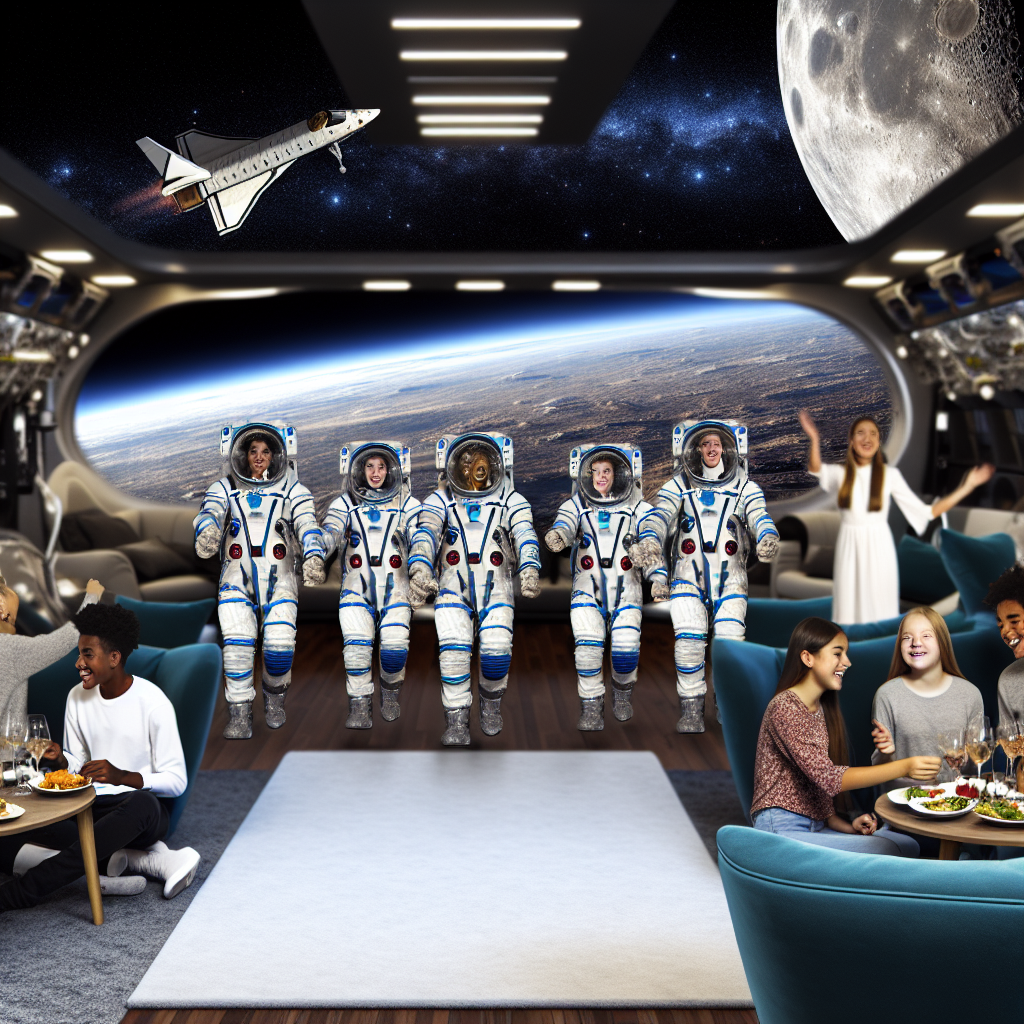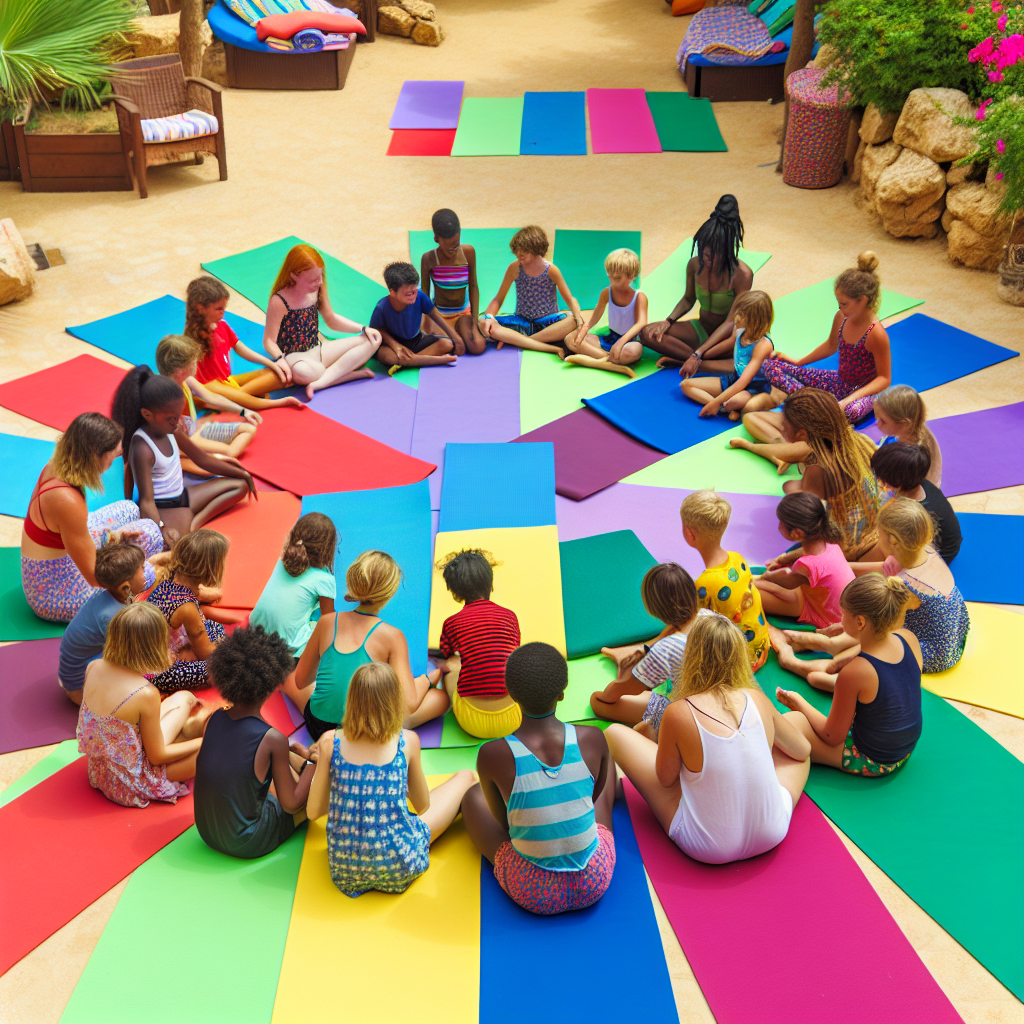Space Tourism Preparation for Teens: The Ultimate Luxury Gap Year Experience
As we stand at the precipice of a new era in human exploration, space tourism is no longer science fiction—it’s science fact. Commercial space travel, once reserved for career astronauts and government-funded missions, is becoming an elite adventure available to the affluent few. Companies like Virgin Galactic, Blue Origin, and SpaceX are leading the charge to make suborbital and orbital experiences accessible to civilians, and a new market is emerging: teen space tourism.
For high-net-worth families considering standout opportunities for their teen’s gap year, space tourism preparation offers an unmatched intersection of adventure, education, and exclusivity. This isn’t your average study abroad program or philanthropic safari. Space travel prep is reshaping the narrative around luxury gap years by combining astronaut training, physical conditioning, scientific learning, and exposure to cutting-edge aerospace engineering.
Elite space camps and preparatory programs around the world are now offering immersive experiences designed not only to educate but also to physically and psychologically prepare teens for the rigors of suborbital spaceflight. With prices starting in the tens of thousands of dollars—and full missions costing upwards of $250,000—a space-themed gap year is reserved for families pursuing unforgettable, future-ready experiences for their children.
Imagine your teen spending their gap year traversing global astronaut training facilities in the U.S., Europe, and the Middle East, undergoing zero-gravity simulations, conducting real-time mission simulations, and working alongside top-tier scientists and engineers. This bold exploration not only provides technical learning and STEM enrichment, but also develops emotional resilience, decision-making skills, leadership, and mental agility—traits that benefit both spaceflight and elite academic environments.
In a world where the standards for luxury experiences continue to ascend—literally and figuratively—a space tourism preparatory gap year stands at the pinnacle. It is a narrative-defining experience that will set your teen apart, positioning them not only as global citizens but also as pioneers of the next generation.
Launch-Ready: Elite Astronaut Training for Teenagers
Space tourism is more than a thrill ride—it’s a scientifically demanding journey. Teens who engage in space-tourism preparation face physical, cognitive, and emotional challenges that require a rigorous protocol to overcome. From pre-flight assessments to advanced simulations, these programs offer a multi-faceted approach to training.
Programs such as those by Virgin Galactic and Space Nation have expanded their methodology to include functional strength testing, cardiovascular profiling, and mind-body integration techniques to ensure teens are not only ready for space—but thrive in it.
Strength in the Stars: Physical Conditioning for Zero Gravity
Suborbital flight exerts intense G-forces during liftoff and re-entry. According to an official NASA report, these forces can reach levels of 3Gs—three times the force of Earth’s gravity. Without proper conditioning, this can result in dizziness, nausea, or loss of consciousness.
That’s why programs such as Virgin Galactic’s Future Astronaut Training and Space Nation Global Space Camp include centrifuge training, resistance workouts, and aerobic conditioning. These prepare participants to handle extreme acceleration, improve blood flow adaptation, and sharpen body awareness under pressure.
Mental Agility in Orbit: Training the Mind for Space
Even a short-duration mission challenges the brain. Stressors such as confined environments, sudden decision-making, and sensory overload can mimic the effects experienced by professional astronauts. According to the National Space Biomedical Research Institute (NSBRI), developing emotional regulation and cognitive flexibility is key for suborbital trainees.
Training camps utilize live role-plays, mission-based scenarios, and emergency simulations. These enhance mental agility, adaptability, and problem-solving capacity. A seminal Swedish study on cognitive performance published in Acta Astronautica emphasizes that even novice space travelers gain from simulations that replicate the sensory inputs of weightlessness and disorientation.
From Earth to Orbit: Academic and Scientific Enrichment
These gap year programs go beyond the flight itself to provide advanced academic training in astrophysics, aeronautical engineering, space medicine, and geopolitics. Institutions such as the Florida Institute of Technology and International Space University (ISU) host STEM bootcamps for ambitious youth preparing for roles in the space industry.
Space Center Houston’s Space University for Teens allows learners to design robotics systems, simulate Mars habitats, and debate the impact of space privatization. These experiences build technical knowledge while fostering teamwork and leadership in scientific ventures.
Participants also engage in zero-gravity parabolic flights—experiments funded and monitored by the European Space Agency—that mimic microgravity. It’s on these flights that teens feel the liberation of weightlessness and the complex biological responses their bodies experience, providing real-time physiological feedback used to improve training programs.
A Journey Beyond Imagination—and a Legacy of Leadership
For families seeking a transformational experience for their teenagers, space tourism preparation offers more than just a ride—it’s a rite of passage. Teens embark on a journey that reshapes their worldview, enhances academic prowess, and instills a lifelong confidence that stems from accomplishing the extraordinary.
This is leadership development like no other—a launchpad not just into space, but toward careers in aerospace, diplomacy, innovation, and academia. In a narrative where the next great frontier is beyond Earth’s atmosphere, this type of luxury gap year is legacy-born and future-focused.
Important Resources and References
- NASA Human Research Program
- National Space Biomedical Research Institute
- Cognitive Performance in Space – Acta Astronautica
- Space Center Houston – Space University
- International Space University (ISU)
- Zero Gravity Corporation Parabolic Flights
- Virgin Galactic Future Astronaut Program
- Blue Origin’s Astronaut Training Program
- Space Nation Global Training Camp

Dominic E. is a passionate filmmaker navigating the exciting intersection of art and science. By day, he delves into the complexities of the human body as a full-time medical writer, meticulously translating intricate medical concepts into accessible and engaging narratives. By night, he explores the boundless realm of cinematic storytelling, crafting narratives that evoke emotion and challenge perspectives. Film Student and Full-time Medical Writer for ContentVendor.com




